The first half of 2025 witnessed a strong economic breakthrough, mainly thanks to expansionary fiscal and monetary policies, abundant FDI inflows and vibrant import-export activities.
Highest economic growth in 14 years
According to the latest data from the General Statistics Office, Vietnam's GDP in the second quarter of 2025 increased by 7.96%, second only to the peak of 8.56% in the second quarter of 2022 in the 2020–2025 period. In the first 6 months of the year, growth reached 7.52% - the highest level since 2011.
This figure not only surprised international observers, but also went against the downward trend that is covering many major economies. The World Bank (WB) forecasts global economic growth in 2025 to reach only 2.3%, the United Nations (UN) 2.4%, the International Monetary Fund (IMF) 2.8% and the Organization for Economic Cooperation and Development (OECD) 2.9% - meaning Vietnam is growing at nearly three times the global average.
First of all, it can be affirmed that this growth rate is achieved thanks to the driving force from proactive and flexible fiscal and monetary policies.

Vietnam's GDP in the second quarter of 2025 will increase by 7.96%, second only to the peak of 8.56% in the second quarter of 2022 in the 2020–2025 period. Photo: Hoang Ha
Fiscal and monetary wings open wide together
In terms of currency, the economy's credit growth reached 8.30%, significantly higher than the 4.85% in the same period last year. An estimated VND1.3 quadrillion was pumped into the market. The State Bank committed to a credit growth target of 16% for the whole year and could adjust it higher if necessary.
In terms of fiscal year, regular expenditure reached VND776 trillion, equal to 49.5% of the estimate and up 40.8% over the same period. Development investment expenditure reached VND268.1 trillion, equal to 33.9% of the estimate and up 42.3%.
The Ministry of Finance said that to support growth, the budget deficit could rise to 4-4.5% of GDP, 3.8% higher than the estimate. Development investment spending is expected to reach VND791 trillion, but is ready to be adjusted to nearly VND1 quadrillion. At the same time, support packages for tax and fee exemption, reduction, and deferral of up to VND230 trillion continue to be implemented.
Industrial production continues to recover strongly
In the first six months of 2025, industrial production continued to flourish, with the industry-wide production index (IIP) increasing by 9.2% over the same period last year - the highest level since 2020. In the same period in 2024, this index increased by 8.0%.
The main driving force came from the processing and manufacturing industry – up 11.1%, higher than the 8.9% of the same period last year. In the second quarter of 2025 alone, the industrial production index is estimated to increase by 10.3%, of which processing and manufacturing increased by 12.3%.
Many localities impressive recorded growth in the processing and manufacturing industry: Phu Tho increased by 46.6%; Nam Dinh by 33.0%; Bac Giang by 27.5%; Thai Binh by 25.3%; Ha Nam by 22.8%; Vinh Phuc by 18.8%; Quang Ngai by 18.3%.
FDI accelerates, consolidating position as manufacturing factory
Foreign direct investment (FDI) continues to be a bright spot. In the first 6 months of the year, Vietnam attracted 21.52 billion USD in registered capital, up 32.6% over the same period in 2024. Disbursed FDI capital reached 11.72 billion USD - the highest level in the past 4 years.
Vietnam is benefiting from the global supply chain shift as multinational corporations seeking new destinations. At the same time, a series of institutional reforms, improved investment environment and expansion of high-tech industrial parks have helped Vietnam consolidate its position as Asia's factory.
Import and export boom, record trade surplus with the US
Total import-export turnover of goods in the first 6 months of the year reached 432.03 billion USD, up 16.1% over the same period. Exports increased by 14.4%, imports increased by 17.9%, and the trade balance continued to have a surplus of 7.63 billion USD.
In particular, the trade surplus with the US reached a record of 62 billion USD (up 29.1%), consolidating the US's position as Vietnam's largest export market with a turnover of 70.91 billion USD. Vietnam also had a trade surplus of 19 billion USD with the EU and 1.2 billion USD with Japan.
On the other hand, the trade deficit with China reached 55.6 billion USD and with South Korea was 14.6 billion USD - reflecting the high dependence on raw materials and input components from these two countries.
In the context of global economic uncertainty – especially US tariff policies – will this trend continue or reverse? What will be the impact?
Those questions definitely need answers.
Many challenges ahead
Besides external risks, Vietnam is facing a series of domestic challenges:
Disbursement of public investment remains slow, while the need for investment in infrastructure, green transformation and digitalization is increasingly urgent.
Many small and medium-sized enterprises still face difficulties in accessing credit and land.
Institutional reform has not yet created a breakthrough, and equitization of state-owned enterprises is stagnant.
Especially macro risks.
According to economic experts, to maintain impressive growth momentum and aim for double-digit growth from 2026, Vietnam needs a long-term development strategy.
specifically, it is necessary to diversify export markets, reduce dependence on a few key partners; increase localization of supply chains, invest in supporting industries and develop high value-added industries, to minimize risks from goods that are susceptible to tariffs.
Along with that is stronger institutional reform, unleashing private resources and improving the efficiency of public investment.
And finally, despite high growth and expanded support policies, Vietnam needs to remain steadfast in its goal of maintaining macroeconomic stability, creating confidence for the business community and domestic and foreign investors.
High growth in the first half of 2025 is a spectacular milestone in the regional and global economic picture. However, the journey from “high growth” to “rapid and sustainable growth” is a challenging one – something that not all economies can achieve.
Vietnam surpasses
International organizations are cautious in forecasting Vietnam's full-year growth, much lower than the actual growth in the first half of the year.
According to a recent WB report, the Philippines' growth in 2025 is expected to reach only 5.3% (down 0.4 percentage points from the previous year), Indonesia 4.7% (down 0.3 points), Thailand 1.8% (down 0.7 points), while Vietnam is forecast to grow at 5.8% (down 1.3 points).
The IMF forecasts the Philippines to grow 5.5%, Indonesia 4.7%, Thailand 1.8%, Malaysia 4.1%, and Vietnam 5.4% – the sharpest declines in the region (down 1.7 percentage points).
OECD gives a higher forecast: Vietnam reaches 6.2% (down 0.9 percentage points), but still outperforms Southeast Asian countries.
Although international organizations have lowered their expectations, the reality of the first 6 months of the year shows that Vietnam is rapidly spectacularly – in contrast to the rest of the region, where many economies are slowing down or stagnating.
But those warnings are worth considering in the country's efforts to achieve high growth targets this year.
Vietnamnet.vn
Source: https://vietnamnet.vn/gdp-tang-nguoc-chieu-gio-2419092.html










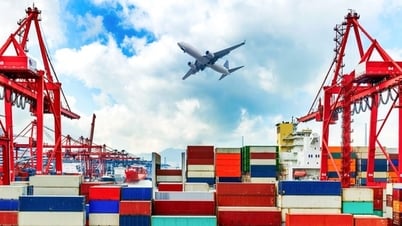





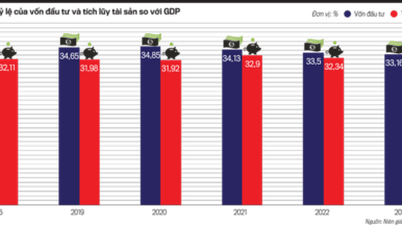

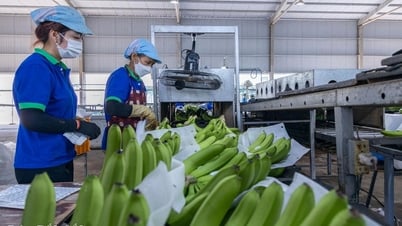




































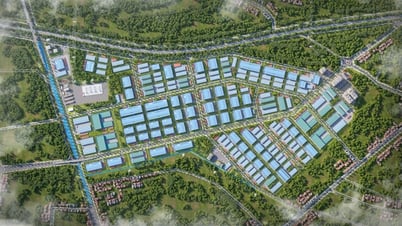












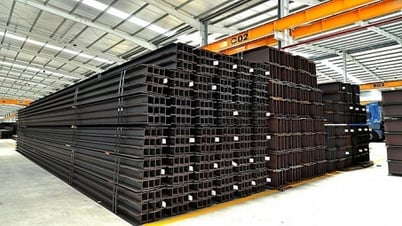






























Comment (0)